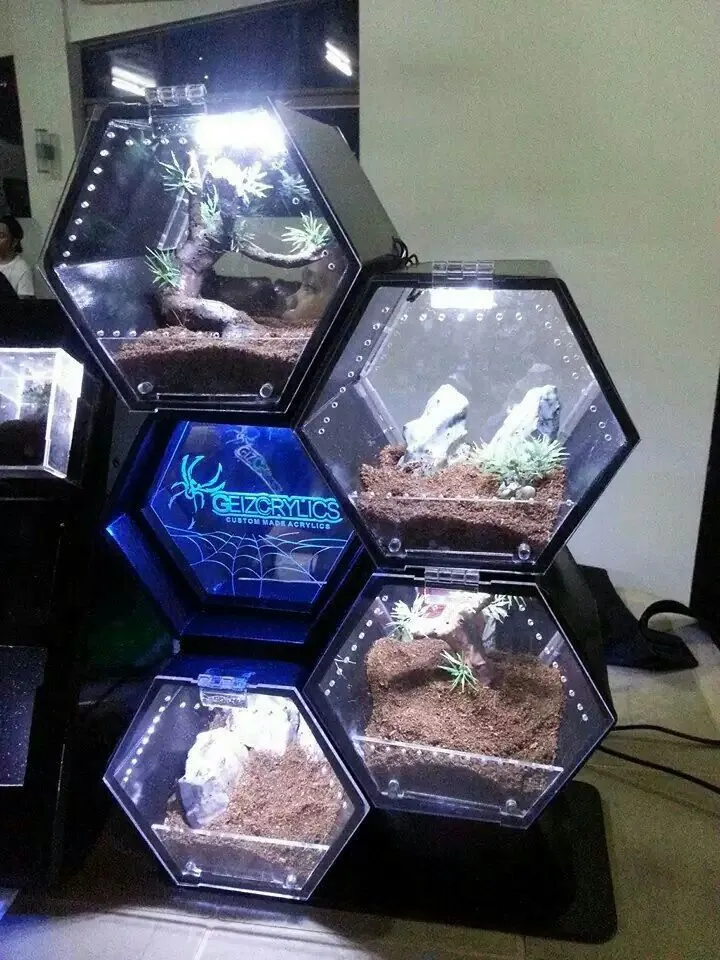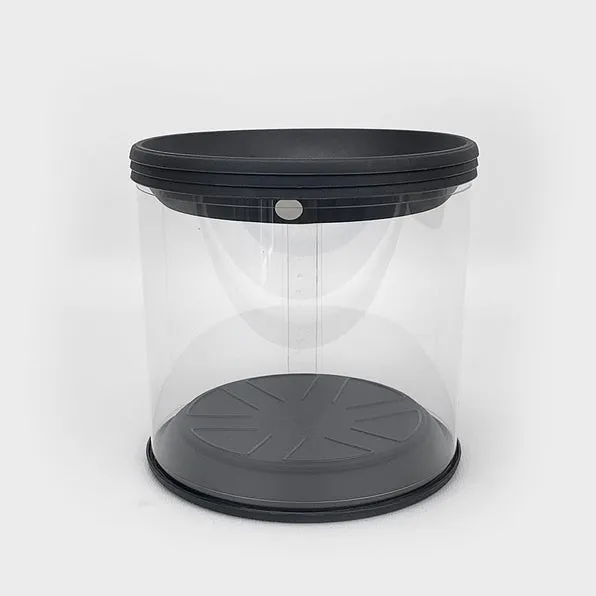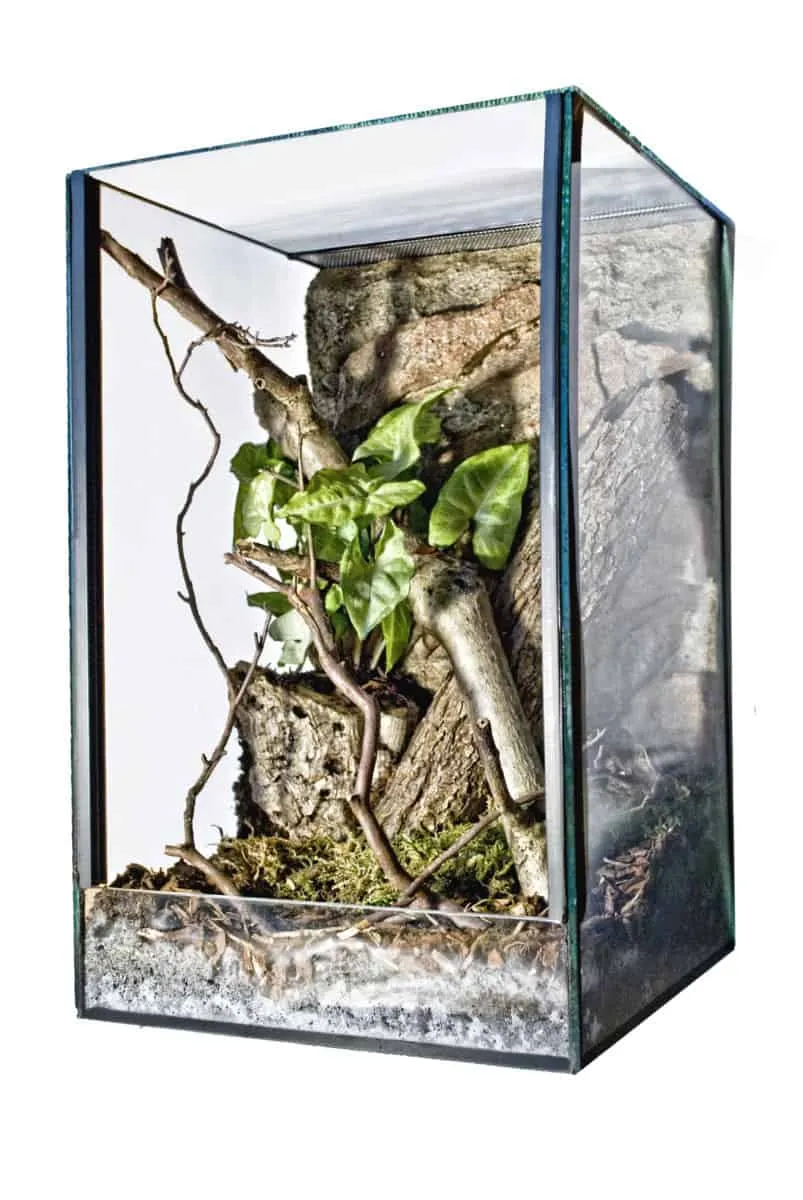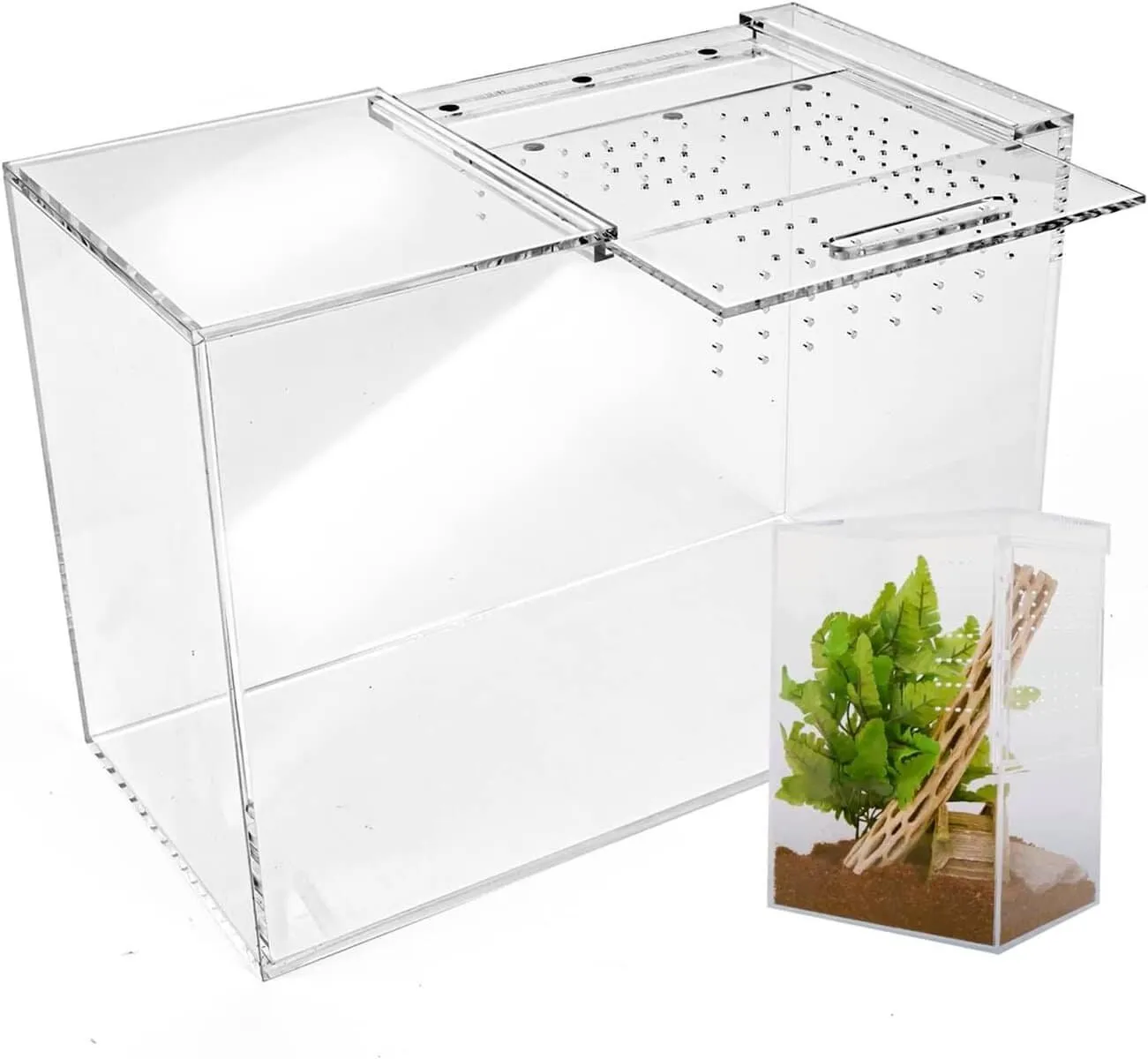Understanding Tarantula Enclosure Size Importance
Choosing the best tarantula enclosure size is crucial for the well-being and happiness of your eight-legged pet. An appropriately sized enclosure provides ample space for movement, exploration, and essential behaviors like burrowing and molting. A too-small enclosure can lead to stress, stunted growth, and difficulty with molting, while an enclosure that’s too large can make it challenging for the tarantula to find food and feel secure. The size of the enclosure also impacts the humidity and temperature regulation, which are vital for your tarantula’s health. Understanding these factors will allow you to provide a comfortable and enriching environment for your tarantula, ensuring it lives a long and healthy life.
Factors Influencing Tarantula Enclosure Size
Several factors influence the ideal tarantula enclosure size. The most critical is the species of tarantula. Different species grow to different sizes, and their enclosure needs will vary accordingly. Another factor is the tarantula’s life stage. Spiderlings require smaller enclosures than adult tarantulas. The type of tarantula (terrestrial, arboreal, or fossorial) will also affect the enclosure dimensions. Terrestrial species need more horizontal space, while arboreal species require more vertical space for climbing. Lastly, the availability of space in your home and the desired aesthetic of the enclosure should be considered, but always prioritize the tarantula’s needs first. By taking these elements into consideration, you can make an informed decision about the right enclosure size.
Tarantula Species Size Considerations

When determining the best tarantula enclosure size, consider the adult size of the species. Research the specific species of tarantula you intend to keep. Different species can range from under an inch in leg span to over 10 inches. The enclosure should be at least twice the tarantula’s leg span in width, but three times for a terrestrial species. It’s best to err on the side of caution and provide more space, especially for growing tarantulas. Be mindful that some tarantulas prefer more space to roam, while others are content with a smaller, more secure environment. Proper research will help you determine the most suitable size for your pet, ensuring it thrives in its new habitat.
Small Tarantula Species Suggested Enclosure Sizes
Small tarantula species, such as the Antilles Pinktoe or the Trinidad Olive, typically require smaller enclosures. For spiderlings and juveniles, a deli cup or a small plastic container with a size of around 4x4x6 inches can be sufficient. As they grow, you can upgrade to a larger enclosure, such as a 10-gallon aquarium, which provides ample space for a terrestrial species. These dimensions allow for adequate space for the tarantula to move, burrow, and establish its territory. Provide enough substrate for burrowing, along with a hide for security. Remember to consider ventilation, temperature, and humidity control for the particular species. A well-designed enclosure will help you create a safe and healthy environment for your small tarantula.
Medium Tarantula Species Suggested Enclosure Sizes
Medium-sized tarantulas, like the Chaco Golden Knee or the Mexican Red Knee, benefit from larger enclosures. A 10 to 20-gallon aquarium or a similar-sized enclosure is often recommended for adult individuals. The key is to ensure that the width of the enclosure is at least twice the tarantula’s leg span, allowing it to comfortably move and explore. Consider the species’ natural habitat and provide a suitable substrate for burrowing. These species usually have a terrestrial behavior. Therefore, ensure more horizontal space than vertical. Include a hide, water dish, and appropriate decorations to enrich the environment. By offering a generously sized enclosure, you can support the overall health and well-being of your medium-sized tarantula.
Large Tarantula Species Suggested Enclosure Sizes

Large tarantula species, such as the Goliath Birdeater or the Brazilian Black, require the most spacious enclosures. A 20-gallon long or a larger enclosure is necessary for adults, with dimensions of at least 36x18x18 inches. This larger size provides adequate space for these giant arachnids to move, hunt, and establish their territory. When selecting an enclosure, consider the tarantula’s size, behavior, and natural habitat. Provide a thick layer of substrate for burrowing, along with sturdy hides and ample ventilation. Remember that larger enclosures require more effort to maintain appropriate humidity and temperature levels. By carefully considering these factors, you can create an ideal living space for your large tarantula, promoting its health and vitality.
Substrate and Enclosure Size
The type and depth of substrate significantly impact the best tarantula enclosure size. Terrestrial tarantulas need deep substrate to burrow, which affects the overall height of the enclosure. The substrate should be at least as deep as the tarantula’s leg span. Arboreal species might need a shallower substrate, but enough to hold moisture for humidity. The choice of substrate, such as coconut fiber, peat moss, or a mix, depends on the species. A deep substrate also helps regulate humidity and provides a more natural environment for the tarantula. Correct substrate choice complements the right size of the enclosure, ensuring both the physical and psychological well-being of your pet. Remember, the size of the enclosure should accommodate not only the tarantula’s size but also the required depth of the substrate.
Ventilation and Enclosure Size
Proper ventilation is another critical aspect of the best tarantula enclosure size, and it plays a vital role in maintaining a healthy environment. The enclosure must have adequate ventilation to prevent mold, fungal growth, and the buildup of harmful gases. The size and design of ventilation depend on the size of the enclosure and the humidity requirements of the species. A well-ventilated enclosure promotes air circulation, helping to regulate humidity and prevent stagnant air. Poor ventilation can lead to respiratory issues and other health problems for the tarantula. Ensure the enclosure has cross-ventilation, such as vents on the sides or top, to maximize airflow. Regular checks and adjustments to the ventilation system are vital for maintaining the ideal conditions within the enclosure.
Feeding and Enclosure Size

The best tarantula enclosure size should also consider feeding habits. A large enclosure may make it more difficult for the tarantula to find its food. Overly large enclosures can also lead to the tarantula feeling insecure, reducing its appetite. The size and the layout of the enclosure should allow the tarantula to hunt effectively. Feeders must be appropriately sized for the tarantula. For example, a small enclosure might be ideal for smaller prey. Always monitor the tarantula’s eating habits and adjust the enclosure size as needed to ensure it can successfully hunt and eat. Providing a secure environment with easy access to food helps the tarantula thrive.
Decorating the Tarantula Enclosure
Decorating the enclosure adds enrichment, but should never compromise the space needs of the tarantula. Choose decorations that create a natural and stimulating environment without taking up too much space. Provide a hide, such as a cork bark or a pre-made hide, for the tarantula to feel secure. Add plants, both live and artificial, to provide climbing opportunities and help regulate humidity. Ensure that all decorations are safe and non-toxic. They should not have sharp edges or small parts that the tarantula could get stuck on. When choosing decorations, prioritize the tarantula’s safety and well-being, while ensuring it has ample space for movement and essential behaviors.
How to Measure the Right Enclosure
To measure the right enclosure, start by considering the tarantula’s size and species. Use a measuring tape to determine the leg span of your tarantula. Aim for an enclosure that is at least twice the leg span in width for terrestrial species and provides ample height for arboreal species. Consider the substrate depth. When measuring, factor in space for the substrate, water dish, hide, and other decorations. Sketching out your intended layout can help you visualize the space. Always prioritize your tarantula’s safety and comfort. Measure the enclosure carefully. The correct size and measurements of the enclosure will provide a comfortable habitat for your tarantula.
Upgrading Enclosure Size As Tarantulas Grow

As your tarantula grows, so should its enclosure. Regularly assess the size of your tarantula and its living space. Juveniles grow quickly. You will need to upgrade their enclosures frequently. Monitor the tarantula for signs of overcrowding, like difficulty molting or stress. Plan to upgrade to a larger enclosure before the current one becomes too small. This will provide a smoother transition for your growing pet. The upgrade process should be gradual, moving from a smaller to a slightly larger enclosure to avoid overwhelming the tarantula. By staying proactive and monitoring your tarantula’s growth, you can ensure it always has an appropriate and comfortable home.
